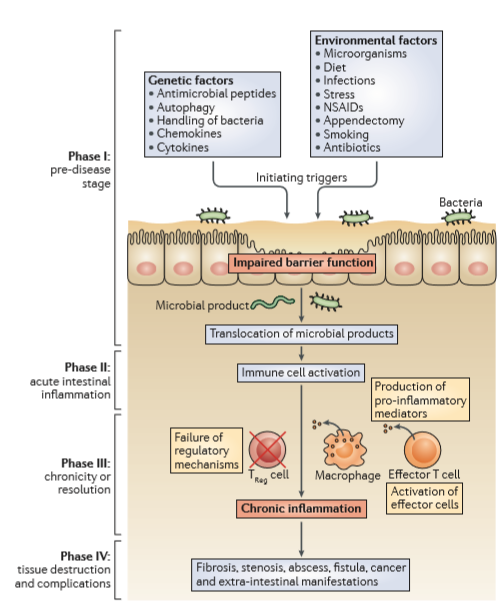My name is Amanda Paraluppi Bueno and I am pursuing my Bachelor’s degree in Biomedical Science at the Centro Universitario Heminio Ometto, Araras-SP (Brazil). I came as an exchange student to study at University of Idaho, Moscow-ID, for one year through the Science Without Borders Program.
I conducted research during my junior and senior year (Fall 2013 – Summer 2014) under Dr. Flávia C. M. C. Alves at Centro Universitário Hermínio Ometto, Araras, São Paulo (Brazil). The project was selected to be funded by the National Council of Scientific and Technological Development (CNPq) in Brazil. In this project, I incorporated growth factors into scaffolds to improve the healing process of chronic wounds in the skin that are common in some diseases like leprosy. This gave me the passion for research and helped me to decide to focus my studies on regenerative medicine.
This summer, I have the opportunity to do what I love: research in the field of regenerative medicine. I am very excited to work for SENS Research Foundation because I will have the chance to learn and contribute to research centered around the diseases of aging at the Wake Forest Institute for Regenerative Medicine (WFIRM), which is an extraordinary place for this field.
Human Mesenchymal Stromal Cells and Endothelial Progenitor Cells as Allogenic Treatment for Inflammatory Bowel Disease in mice
This summer, my Principal Investigator is Dr. Graça Almeida-Porada and my mentors are Saloomeh Mokhtari and Steven Greenberg. Our goal is to develop novel cell-based therapies that could provide a curative treatment for Inflammatory Bowel Disease (IBD). IBD includes a group of chronic inflammatory illnesses of the gastro-intestinal tract, the most common forms of which are Crohn’s disease and ulcerative colitis. IBD is a significant and rapidly growing health care burden that affects millions of people around the world. In the US alone, these costs total approximately $6.3 billion per year. There are several therapeutic approaches to induce remission and/or to prevent relapse, however the side effects, toxicity, and lack of response to the existing drugs highlight the need to develop a cure for this devastating disease. The cause of IDB is unknown, but data suggests that it is caused by the dysregulation of the immune system and alteration of the intestinal microflora balance. Mesenchymal stromal cells (MSC) have been shown to improve IBD in a small percentage of patients. When infused into patients, MSCs migrate (or home) directly to inflammatory sites in the body, modulate the inflammatory response, and stimulate the resident stem cells.

Figure 1. Progression of Inflammatory Bowel Disease (IBD)
By transplanting MSC and EPC, I hope to increase in the number of regulatory cells to modulate the immune system of the disease (phase III). From Neurath (2014).
The Almeida-Porada lab has already shown that increasing the expression of immunomodulatory molecules on MSC leads to better immunosuppression and improvement of IBD in a murine model. Other cells that could help in the treatment of the gut inflammation are endothelial progenitor cells (EPC). These cells are known to increase the vascularization in ischemic tissues. Therefore, EPC could help normalize vascularization in the intestinal submucosa of IBD patients . Hence, I plan to treat IBD in mice using MSC and EPC as cell therapy to promote the modulation of the immune system and increase the vascularization in the intestine.
Future Plans:
After I finish the summer program, I will go back to Brazil to complete my Bachelor’s degree in December 2015. This summer research certainly will help me to pursue a PhD degree and make a contribution as a researcher to combat the diseases of aging. In addition, I would like to instill the same passion for research in other students that my experiences instilled in me. I plan to achieve this goal by teaching students biomedical procedures and advising them how best to achieve a future career in research.
References:
Neurath M.F. Cytokines in inflammatory bowel disease. Nature Reviews: Immunology. May 2014, vol. 14, 329-342.


